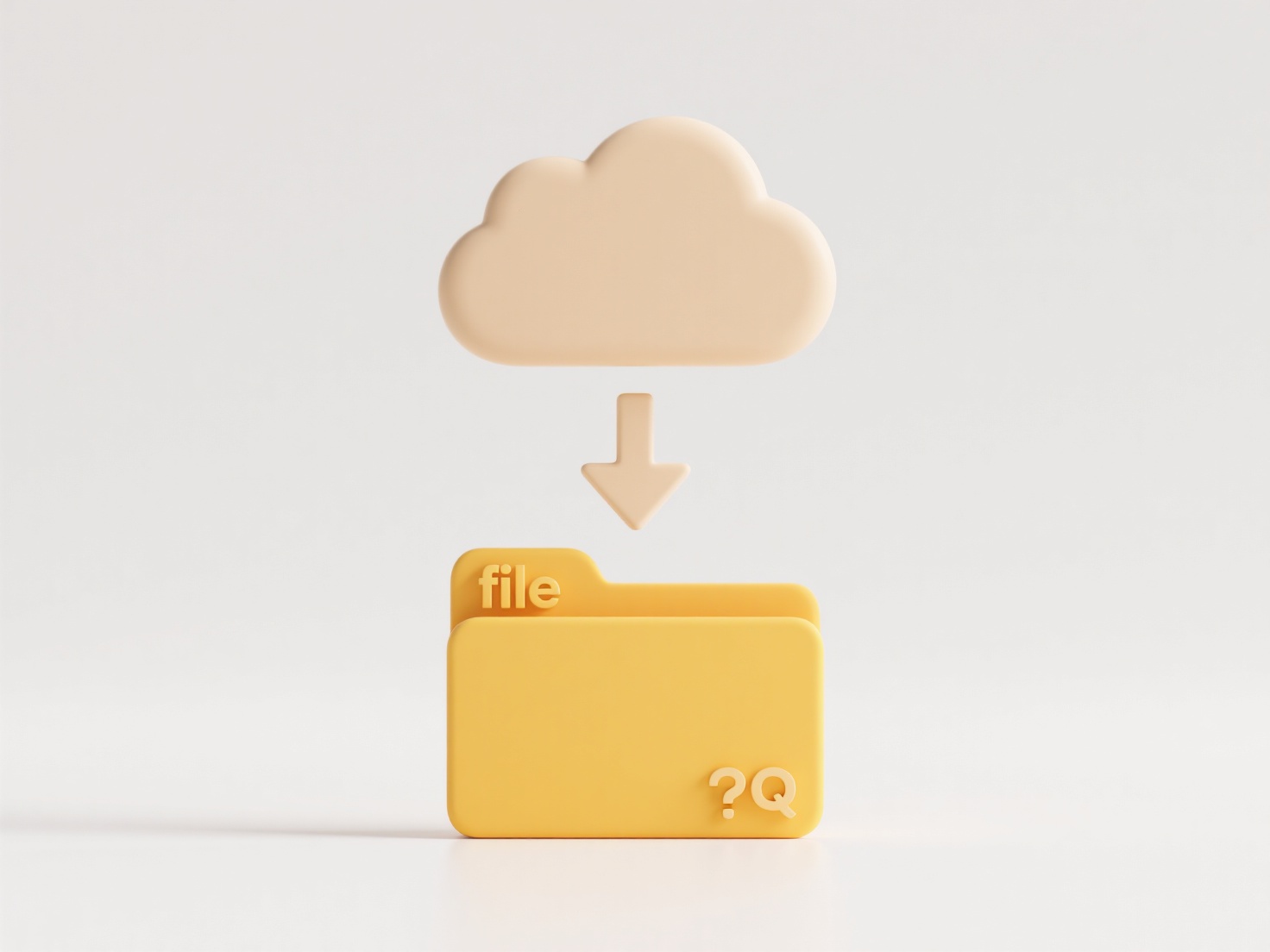
File duplicates caused by email attachments occur when you save the same attachment multiple times to your computer or cloud storage, or when multiple people send the same file to a shared mailbox. Unlike saving a file directly from its source location, each attachment save operation creates an entirely new, separate copy on your system, unaware that an identical file might already exist elsewhere.
To manage these duplicates, you can use dedicated duplicate file finder software tools such as CCleaner or Duplicate Cleaner Pro to scan specific folders (like Downloads or Document folders where attachments are often saved) for matching files. Cloud storage services like Google Drive or Dropbox also offer duplicate detection features, alerting you when you attempt to upload a file identical to one already stored, helping prevent redundant saves when archiving received attachments.

While deduplication software significantly reduces wasted storage space and file organization chaos, a key limitation is the potential for false positives or accidental deletion of non-duplicate files if settings aren't configured carefully. Ethically, it's important to ensure no vital file is deleted; always review suggestions before removing files. Cloud services are increasingly automating this detection, easing the burden on users who frequently handle shared attachments.
How do I deal with file duplicates caused by email attachments?
File duplicates caused by email attachments occur when you save the same attachment multiple times to your computer or cloud storage, or when multiple people send the same file to a shared mailbox. Unlike saving a file directly from its source location, each attachment save operation creates an entirely new, separate copy on your system, unaware that an identical file might already exist elsewhere.
To manage these duplicates, you can use dedicated duplicate file finder software tools such as CCleaner or Duplicate Cleaner Pro to scan specific folders (like Downloads or Document folders where attachments are often saved) for matching files. Cloud storage services like Google Drive or Dropbox also offer duplicate detection features, alerting you when you attempt to upload a file identical to one already stored, helping prevent redundant saves when archiving received attachments.

While deduplication software significantly reduces wasted storage space and file organization chaos, a key limitation is the potential for false positives or accidental deletion of non-duplicate files if settings aren't configured carefully. Ethically, it's important to ensure no vital file is deleted; always review suggestions before removing files. Cloud services are increasingly automating this detection, easing the burden on users who frequently handle shared attachments.
Quick Article Links
Should I use one big folder or many small ones?
Organizing files involves choosing between a single centralized folder or multiple specialized folders. Using one big fo...
Can I get alerts when duplicates are created?
Duplicate alerts notify users when identical or highly similar records are created within a system. This feature automat...
Why do I keep getting “File not found” after saving?
This error occurs when a system cannot locate a file you recently saved, despite believing the save was successful. Comm...